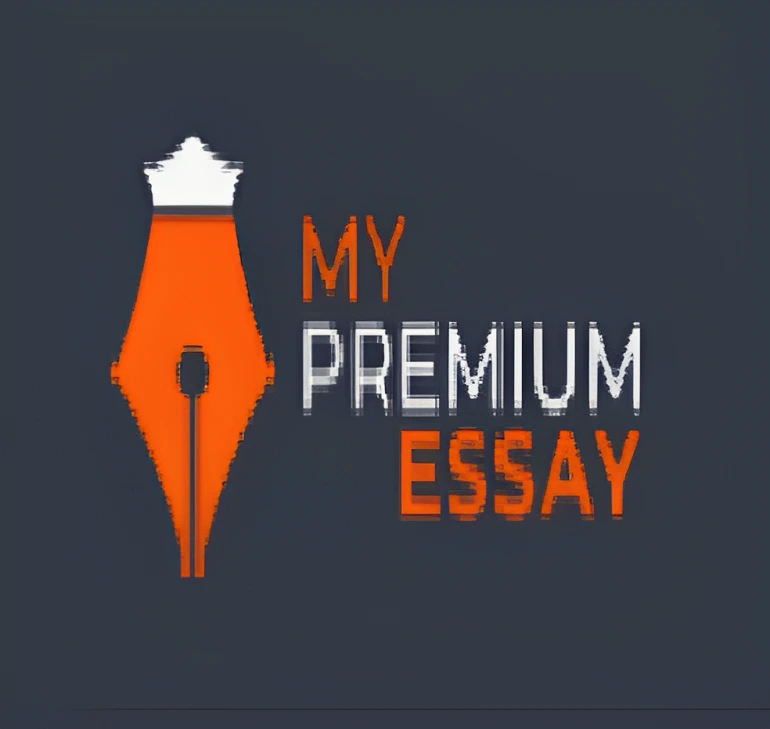Writing a discussion post can seem difficult at first, but with the right approach, it can be an enjoyable and rewarding experience. Whether you're participating in an online class, engaging in a professional forum, or contributing to a social media group, knowing how to write an effective discussion post is essential. This guide will walk you through the steps to create a compelling discussion post that engages your audience and conveys your ideas.

What Is The Purpose Of A Discussion Post
Before diving into the writing process, it's important to understand the purpose of a discussion post. Discussion posts are designed to facilitate conversation and exchange of ideas. They can serve various purposes, such as:
-
1 Sharing information or insights.
-
2 Asking questions to gain clarity.
-
3 Providing feedback on others' posts.
-
4 Engaging in debate or argument.
-
5 Encouraging collaboration and learning.
With these goals in mind, let's explore how to craft a discussion post that meets these objectives.
Steps To Write A Discussion Post
The Cognitive Process Model of the Composing Process discusses the cognitive processes involved in writing, which can help you understand how to structure and develop your discussion posts effectively. Let's explore how to craft a discussion post that meets these objectives.

Read and Understand the Prompt
The first step in writing a discussion post is to read and understand the prompt or question being asked thoroughly. Make sure you grasp the topic and the specific requirements. This will help you stay on track and address the topic directly.
-
Identify critical point: Highlight or note down the main points of the prompt.
-
Clarify any doubts: If anything is unclear, don't hesitate to ask for clarification.
Research and Gather Information
Once you understand the prompt, the next step is to research and gather relevant information. This will provide a solid foundation for your post and ensure that your arguments are well-supported.
-
Use credible sources: Look for information from reliable and authoritative sources.
-
Take notes: Jot down important points, statistics, and quotes that you can use in your post.
-
Organize your thoughts: Group similar ideas together to create a coherent structure.
Develop a Clear Thesis Statement
A thesis statement is a concise summary of your main point or argument. It serves as the backbone of your discussion post and guides the direction of your writing.
-
Be specific: Clearly state your position or the main idea you will be discussing.
-
Keep it concise: A thesis statement should be one or two sentences long.
-
Ensure it's arguable: Your thesis should present a point that can be debated or discussed.
Create an Outline
An outline helps you organize your thoughts and ensures that your discussion post flows logically. Here's a simple outline structure you can follow:
-
1 Introduction
-
Start with an interesting fact, quote, or question to grab attention.
-
Background: Provide brief context or background information on the topic.
-
Thesis statement: Present your main point or argument.
-
-
2 Body Paragraphs
-
Topic sentence: Introduce the main idea of the paragraph.
-
Supporting details: Provide evidence, examples, and explanations.
-
Analysis: Explain how the evidence supports your thesis.
-
Transition: Connect to the next paragraph.
-
-
3 Conclusion
-
Restate thesis: Summarize your main point in different words.
-
Summary of key points: Briefly recap the main points discussed.
-
Closing thought: End with a final thought, question, or call to action.
-
Write the Introduction
The introduction sets the tone for your discussion post and provides a roadmap for your readers. It should be engaging and informative.
-
Start with a hook: Capture your readers' interest with an intriguing fact, quote, or question.
-
Provide background: Offer a brief overview of the topic to give context.
-
Present your thesis: Clearly state your main argument or point.
Write the Body Paragraphs
The body of your discussion post is where you develop your arguments and provide supporting evidence. Each paragraph should focus on a single main idea.
-
Begin with a topic sentence: Introduce the main idea of the paragraph.
-
Provide supporting details: Use evidence, examples, and explanations to back up your points.
-
Analyze the evidence: Explain how the evidence supports your thesis.
-
Use transitions: Ensure a smooth flow between paragraphs with transitional words and phrases.
Write the Conclusion
The conclusion wraps up your discussion post and reinforces your main points. It should be concise and impactful.
-
Restate your thesis: Summarize your main argument in different words.
-
Summarize critical points: Briefly recap the main points you've discussed.
-
End with a closing thought: Leave your readers with a final thought, question, or call to action.
Proofread and Edit
Before submitting your discussion post, take the time to proofread and edit your work. This ensures that your post is clear, concise, and free of errors.
-
Check for grammar and spelling errors: Use a spell checker or read your post out loud to catch mistakes.
-
Ensure clarity and coherence: Make sure your ideas flow logically and are easy to understand.
-
Review your thesis and evidence: Ensure that your thesis is clearly stated and that your evidence supports your argument.
-
Trim unnecessary words: Remove any redundant or unnecessary words to make your writing more concise.
Many students have a thought Can I Buy Essays Online? So yes you can. If you have purchased an essay, make sure that you check for the above
Tips for Engaging with Other Posts
In addition to writing your discussion post, engaging with others' posts is a crucial part of the discussion process. Here are some tips for responding to other posts:
-
Be respectful and constructive: Always approach others' posts with respect and aim to provide constructive feedback.
-
Ask questions: Asking questions can help clarify points and encourage further discussion.
-
Provide evidence: When agreeing or disagreeing, support your points with evidence or examples.
-
Stay on topic: Make sure your responses are relevant to the discussion and stay focused on the topic at hand.
Here are the Tips on how to extend essay length.
Examples of Effective Discussion Posts
To give you a better idea of what an effective discussion post looks like, here are a few examples:
Example 1: Introduction
Hook: Have you ever wondered why some people excel in online learning environments while others struggle?
Background: Online education has become increasingly popular, especially in recent
years.
However, students' experiences can vary widely depending on their learning styles.
Thesis: Understanding different learning styles can help educators create more effective online learning environments that cater to all students.
Example 2: Body Paragraphn
Topic Sentence: Visual learners benefit greatly from online courses that incorporate visual elements such as videos, diagrams, and infographics.
Supporting Details: According to a study by the University of California, students who engaged with visual materials performed 20% better on assessments.
Analysis: This suggests that visual elements can enhance comprehension and retention for visual learners.
Transition: While visual learners thrive on imagery, auditory learners benefit more from listening to lectures and discussions.
Example 3: Conclusion
Restate Thesis: Understanding different learning styles is essential for creating effective online learning environments.
Summary of Key Points: By incorporating visual, auditory, and kinesthetic elements, educators can cater to a diverse range of learners.
Closing Thought: As online education continues to evolve, considering students' unique learning needs will be critical to their success.
If you are concerned about how to write an essay, here is the guide.
Common Mistakes to Avoid While Writing a Discussion Post
While writing a discussion post, there are some common pitfalls to avoid:
-
Being too vague: Make sure your points are clear and specific.
-
Overusing jargon: Avoid using too much technical language that might confuse your readers.
-
Ignoring the prompt: Always stay focused on the topic and requirements of the prompt.
-
Need to proofread: Take the time to check for errors and ensure your post is polished.
Expert Assistance for Your Discussion Posts!:
Writing a discussion post doesn't have to be intimidating. By understanding the purpose, conducting thorough research, and following a clear structure, you can create a compelling post that engages your audience and conveys your ideas effectively. Remember to proofread your work and engage respectfully with others' posts to foster a productive and enjoyable discussion. With these tips in mind, you're well on your way to becoming a proficient discussion post-writer.
If you're stuck and need help, our essay writing service is here for you. Contact us to get professional writing assistance and ensure your discussion posts are top-notch. Happy writing :)




